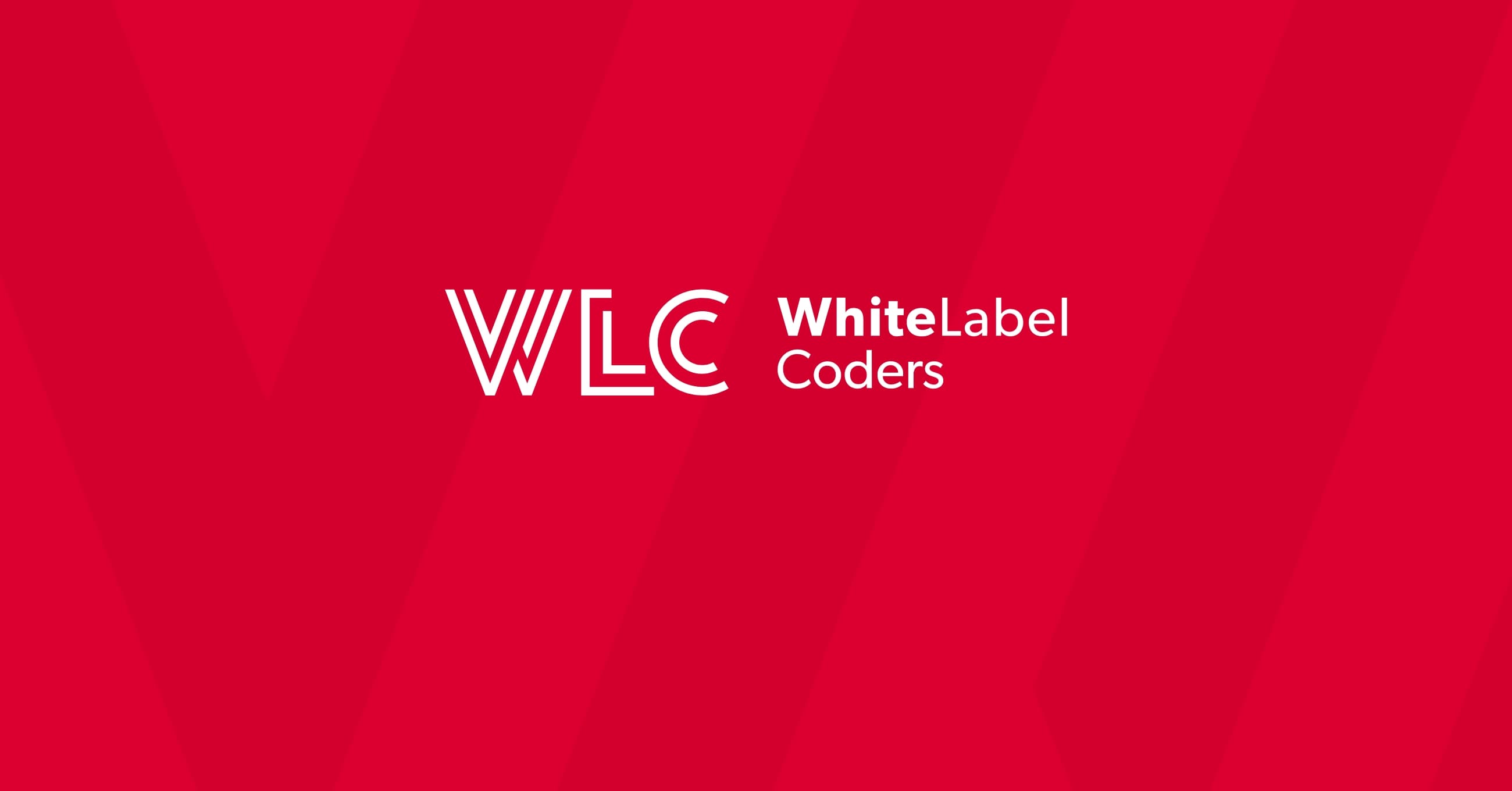Category: SEO AI
What are the risks of custom WordPress development?

Custom WordPress development carries several significant risks including security vulnerabilities from poorly coded custom functions, performance issues due to inefficient code, compatibility conflicts with plugins and themes, complex maintenance requirements, potential budget overruns, and vendor dependency challenges. While custom WordPress websites offer tremendous flexibility and functionality, understanding these risks is essential for making informed decisions about your development approach.
Understanding the Landscape of Custom WordPress Development Risks
When you’re considering a custom WordPress website, it’s crucial to understand that every custom solution introduces unique challenges alongside its benefits. Unlike off-the-shelf themes and plugins that have been tested by thousands of users, custom code is essentially uncharted territory.
The risks fall into several key categories that can impact your project’s success. Security vulnerabilities top the list, as custom code often lacks the rigorous testing that established solutions receive. Performance issues represent another major concern, particularly when developers create resource-heavy functions without proper optimisation.
Compatibility problems frequently arise when custom code conflicts with existing plugins or themes. This creates a domino effect that can break functionality across your entire site. Additionally, maintenance becomes significantly more complex with custom solutions, requiring specialised knowledge that may not be readily available.
Financial risks shouldn’t be overlooked either. Custom projects often experience scope creep and timeline delays that can dramatically increase costs. Perhaps most concerning is vendor dependency, where losing access to your original developer can leave you with code that’s difficult to modify or maintain.
What Are the Main Security Vulnerabilities in Custom WordPress Development?
Security vulnerabilities in custom WordPress development primarily stem from inadequate input validation, weak authentication systems, and code injection vulnerabilities. These issues occur when developers don’t follow WordPress security best practices or fail to sanitise user inputs properly.
SQL injection attacks pose a significant threat when custom code doesn’t use WordPress’s built-in database functions. Developers who write raw SQL queries without proper escaping create entry points for malicious users to access or manipulate your database. This can lead to data breaches, site defacement, or complete system compromise.
Cross-site scripting (XSS) vulnerabilities emerge when custom functions don’t validate user inputs correctly. Attackers can inject malicious scripts that execute in visitors’ browsers, potentially stealing sensitive information or redirecting users to harmful sites.
Authentication weaknesses in custom login systems or user management functions create additional security gaps. Unlike WordPress’s core authentication system, which receives regular security updates, custom authentication code may contain flaws that remain unpatched for extended periods.
How Can Poor Coding Practices Impact Your WordPress Site’s Performance?
Poor coding practices in WordPress custom development can severely impact your site’s loading speed through inefficient database queries, bloated code, and improper resource management. These performance issues directly affect user experience and search engine rankings.
Inefficient database queries represent one of the most common performance killers. When developers create custom functions that make multiple database calls or fail to use WordPress’s query optimisation features, your site can slow to a crawl. This is particularly problematic on high-traffic sites where these inefficiencies multiply exponentially.
Bloated custom code that loads unnecessary resources on every page visit wastes bandwidth and processing power. Unlike well-optimised plugins that load resources conditionally, poorly written custom functions might load heavy JavaScript libraries or CSS files even when they’re not needed.
Improper caching implementation compounds these problems. Custom code that bypasses WordPress’s caching mechanisms or creates uncacheable content forces your server to work harder for every visitor, leading to slower response times and potential server crashes during traffic spikes.
Why Do Plugin and Theme Conflicts Occur With Custom WordPress Development?
Plugin and theme conflicts in custom WordPress development occur primarily due to namespace conflicts, function redefinition problems, and CSS or JavaScript interference between custom code and existing components.
Namespace conflicts arise when custom functions use the same names as existing plugin or theme functions. WordPress doesn’t prevent this duplication, which can cause fatal errors or unexpected behaviour when multiple pieces of code try to define the same function.
CSS conflicts represent another common issue. Custom stylesheets might override plugin or theme styles in unexpected ways, breaking layouts or hiding important elements. This is particularly problematic when custom code uses overly broad CSS selectors that affect elements beyond their intended scope.
JavaScript conflicts can disable functionality across your entire site. Custom scripts that don’t follow WordPress’s script loading conventions might interfere with other plugins’ JavaScript, causing features like contact forms, sliders, or e-commerce functions to stop working properly.
Version compatibility issues compound these problems. While established plugins regularly update to maintain compatibility with new WordPress versions, custom code might break when WordPress core updates introduce changes to hooks, functions, or security protocols.
What Maintenance Challenges Come With Custom WordPress Solutions?
Custom WordPress solutions create significant maintenance challenges including update compatibility issues, complex debugging requirements, documentation gaps, and the need for specialised developer knowledge for ongoing modifications.
Update compatibility represents the most persistent maintenance challenge. Every WordPress core update, plugin update, or PHP version change can potentially break custom code. Unlike commercial plugins that release compatibility updates, your custom code requires manual testing and modification with each update cycle.
Debugging custom code problems requires intimate knowledge of how the code was originally written. Without proper documentation, even experienced developers can spend hours understanding custom functions before they can identify and fix issues.
Documentation requirements for custom solutions are often overlooked during development but become critical for long-term maintenance. Poor or missing documentation makes it extremely difficult for new developers to understand, modify, or extend custom functionality.
The specialised knowledge requirement means you can’t rely on general WordPress support resources when problems arise. Custom code issues require developers familiar with your specific implementation, limiting your options for quick fixes or emergency support.
How Do Budget Overruns and Timeline Delays Affect Custom WordPress Projects?
Budget overruns and timeline delays in custom WordPress projects typically result from scope creep, underestimated complexity, extensive testing requirements, and unexpected compatibility issues that extend development cycles significantly.
Scope creep occurs naturally as clients see their custom solution taking shape and request additional features or modifications. Unlike template-based solutions with fixed functionality, custom development makes it easy to add “just one more feature” that can substantially increase development time and costs.
Complexity underestimation happens when developers don’t fully account for integration challenges, testing requirements, or edge cases. What appears to be a straightforward custom function might require extensive database modifications, API integrations, or complex user interface considerations.
Testing custom WordPress solutions requires significantly more time than implementing pre-built solutions. Developers must test across different browsers, devices, user roles, and usage scenarios to ensure the custom code works reliably in all situations.
The financial implications extend beyond the initial development cost. Extended timelines can delay product launches, affect marketing campaigns, and create opportunity costs that multiply the project’s true expense.
What Happens When You Lose Access to Your Original WordPress Developer?
Losing access to your original WordPress developer creates serious vendor dependency risks including code documentation gaps, knowledge transfer challenges, difficulty finding replacement developers, and potential site abandonment scenarios that can cripple your online presence.
Code documentation issues become immediately apparent when trying to work with a new developer. Custom code without proper comments, documentation, or clear structure can be nearly impossible for new developers to understand quickly, leading to extended learning periods and higher costs.
Knowledge transfer challenges arise because custom implementations often involve unique approaches, workarounds, or integration methods that aren’t immediately obvious from the code alone. The original developer’s decision-making process and implementation reasoning may be lost forever.
Finding replacement developers familiar with your specific custom implementation can be extremely difficult and expensive. New developers must invest significant time understanding the existing codebase before they can make modifications or fixes, substantially increasing ongoing development costs.
Site abandonment scenarios occur when the cost and complexity of working with existing custom code become prohibitive. You might face the difficult decision of completely rebuilding your site rather than trying to maintain or extend the existing custom solution.
Key Strategies for Minimising Custom WordPress Development Risks
Minimising custom WordPress development risks requires implementing comprehensive risk mitigation strategies including careful vendor selection, proper documentation requirements, regular security audits, and establishing clear maintenance protocols from project inception.
Vendor selection should prioritise developers with proven WordPress expertise, clear communication practices, and commitment to following WordPress coding standards. Request code samples, check references, and ensure they understand the importance of documentation and knowledge transfer.
Documentation requirements must be established upfront and enforced throughout development. Insist on comprehensive code comments, user manuals, and technical documentation that would allow other developers to understand and maintain the custom solution.
Regular security audits should be scheduled to identify vulnerabilities before they become problems. This includes code reviews, penetration testing, and staying current with WordPress security best practices and updates.
Maintenance protocols should be established before launch, including update testing procedures, backup strategies, and emergency support arrangements. Consider retainer agreements that ensure ongoing developer availability for critical issues.
| Risk Category | Prevention Strategy | Ongoing Management |
|---|---|---|
| Security Vulnerabilities | Code reviews and security audits | Regular security monitoring |
| Performance Issues | Performance testing during development | Continuous performance monitoring |
| Compatibility Conflicts | Thorough testing with existing plugins | Staged update testing |
| Maintenance Complexity | Comprehensive documentation | Developer retainer agreements |
| Budget Overruns | Detailed project scoping | Change request procedures |
| Vendor Dependency | Code ownership and documentation | Knowledge transfer protocols |
The key to successful custom WordPress development lies in acknowledging these risks upfront and implementing strategies to mitigate them. While custom solutions offer tremendous flexibility and functionality, they require careful planning, skilled development, and ongoing maintenance commitment to realise their full potential safely and effectively.

